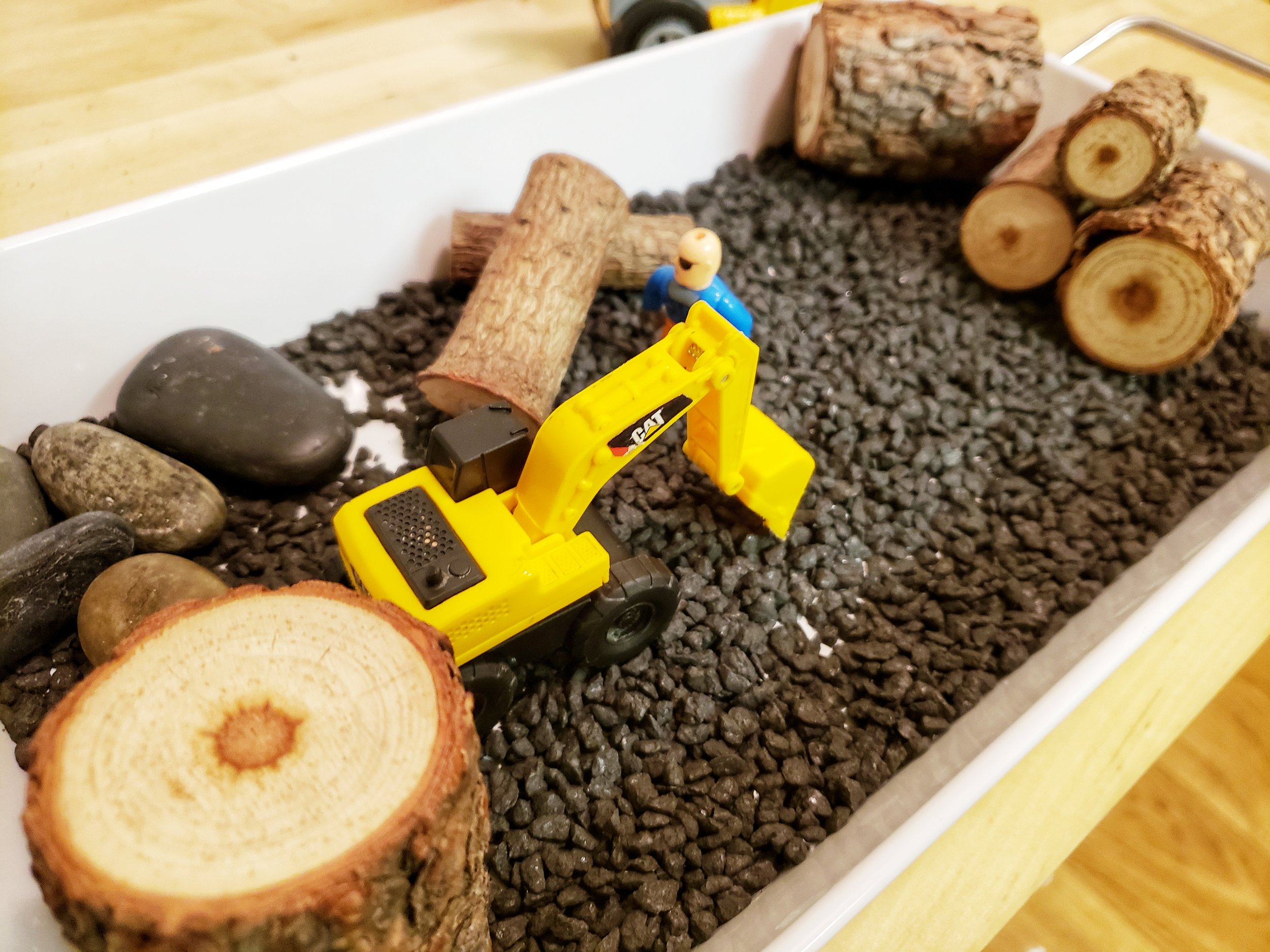5 Ways to Reduce Preschool Teacher Overwhelm
Being an early childhood teacher is not for the faint of heart or mind.
It requires a lot from someone and the amount of multitasking and demands can easily cause teacher burnout and overwhelm.
Along with the day-to-day tasks of teaching, there’s also a lot of mental workload too.
From lesson planning to state requirements, upcoming assessments, and parent concerns— a parade of worries is seemingly always rumbling on autoplay in the back of our minds.
It’s not hard to believe that by the end of Tuesday, most preschool teachers are already physically and mentally exhausted.
5 Ways to Eliminate Preschool Teacher Overwhelm -Early Childhood Educators Academy
So here are some tips to help lessen or simplify your workload
1. Do frequent braindumps then prioritize what tasks you really need to take on.
From there decide which tasks you’re willing to keep on your plate.
It's tempting when you're planning lessons for the next month to scroll through Pinterest and want to do #allthethings.
However, a mountain of ideas crowding your thoughts can easily lead to feeling like there's way too much to do with very little time.
Prioritize what you have to do, then make intentional choices about what extra crafts and projects you want to add.
Take any exceptional inspirations that you just can't let go of and put them in a folder to look at later when you have spare time (and energy).
2. Utilize a project management system to help make tasks manageable.
Technology is getting fancy so there's no need to try and remember everything that needs to get done for the classroom party or parent-teacher conferences.
Take large projects and break them down into smaller chunks using apps like Todoist, Google Keep, or my personal favorite, Trello.
Also, be sure to recruit help from staff and parents too, and delegate.
You don't have to be a one-man band when it comes to teaching. Send out flyers and ask for volunteers from the parents, trust your assistant with some more hands-on tasks, or see if there's another teacher who would like to team up with you for larger goals.
3. Goal setting works in the classroom too.
Whether it's for certain milestones for a child, behavior, classroom decoration, or something else, having an obtainable end goal can be helpful in keeping you focused.
So instead of stressing about the bulletin board and reorganizing the supply closet and replacing books in the library and rotating materials the block center *whew*
Set a goal for one task then set the rest aside and focus on getting goal number one completed first.
For example, if you know your kids are starting to get bored of the current materials, set a goal to reorganize the supply closet this week so you can see what toys you have, then make a goal next week to rotate the block center.
The same works for behavior management too. Instead of “get child to behave” Create a behavior plan with smaller goals like “child requests emotion chart when upset” and “child cleans up toys without resistance 2/4 times” and work on achieving those smaller goals.
4. Be honest about when you're receiving too much work.
If suddenly your director suggests adding a Christmas production on top of the Christmas parties, but you already feel like your classroom is transforming to crowd control, speak up.
Be professional, but be vocal and share when too much is being added to your plate.
If the projects are absolutely required ask for extra help or ways you can simplify the process (such as only learning 1 song instead of 3) or insist on the admin offering extra support to meet those goals.
State your case clearly.
You never want to approach the subject with "just because" as the supporting argument. Your leadership simply might not be aware of how much you already have planned and be willing to cut some extras off the task list if they can understand why.
Sometimes, the tasks you’re required to do like a 20-minute circle time for your 1’s classroom might not be developmentally appropriate, so can pointing back to data and best practices (“DAP” or developmentally appropriate practices) can further strengthen your case.
If you’re participating in a quality rating program like Quality First, GEEARS, you can point back to the measurement tools they use like ECERS or CLASS.
If you feel like you're bearing too much of the weight in the classroom as a result of a co-teacher not helping enough, sit down and discuss everyone's role in the classroom and how you two can better work together.
Avoid blaming and labeling. Objective statements like “I’ve done diapers 5 out of the 6 times all week” and focusing on how you perceived it “I feel like maybe I’ve taken on a bit too much of the diapering tasks and need help” can help keep the conversation from feeling accusatory.
5. And above all, to reduce the overwhelm, it's important that teachers offer themselves a lot of grace.
Everything doesn't have to be Pinterest perfect and some days there will be things left undone.
Sometimes “good enough” will be the standard we aim for and we may have to be okay with simplicity in lieu of elaborate but stressful projects.
Rest assured, you're a great teacher and your kids think so too.
Need some teacher friends who get the struggle? Join our Free Facebook community for early childhood educators.











Aggressive behavior like hitting, kicking, and biting are easily cited as one of the most stressful behaviors in the early childhood classroom. Here are some tips for handling aggressive behavior in the PreK/daycare classroom.